In today’s fast-paced business environment, the ability to think critically and solve problems effectively is more valuable than ever. Yet, many employers report that problem-solving skills are sorely lacking in their workforce. A study by the National Association of Colleges and Employers (NACE) found that while 91% of employers prioritize problem-solving when hiring, only 55% believe recent graduates are proficient in it.
This gap is a growing concern, but the good news is that problem-solving is a skill that can be developed. As business leaders, we must take an active role in fostering critical thinking and creative problem-solving within our organizations. Here’s how:
1. Encourage a Culture of Inquiry
Employees often hesitate to question processes or propose new solutions due to fear of failure. Leaders should cultivate an environment where asking “why” and “what if” is encouraged. When employees feel psychologically safe, they are more likely to take initiative and approach challenges with curiosity rather than apprehension.
2. Invest in Soft Skills Training
While technical skills are important, soft skills—like problem-solving, communication, and adaptability—are the key to innovation and efficiency. Businesses that invest in structured training programs focused on decision-making, analytical thinking, and creative problem-solving see higher levels of engagement and productivity.
3. Promote Cross-Departmental Collaboration
Silos in an organization can stifle creative problem-solving. Encouraging collaboration between departments allows employees to gain fresh perspectives and insights, often leading to more innovative solutions. Consider rotating employees into different roles temporarily to expand their problem-solving abilities.
4. Empower Employees with Decision-Making Authority
Micromanagement kills problem-solving. If employees are constantly waiting for managerial approval, they never develop the confidence to make decisions on their own. Instead, provide guidelines and let them navigate challenges independently. When mistakes happen, use them as learning opportunities rather than reasons for reprimand.
5. Model Strong Problem-Solving Behaviors
Leaders set the tone. When employees see their managers embracing challenges, thinking strategically, and making informed decisions, they are more likely to adopt the same approach. Share your thought processes when solving problems to help employees understand the steps involved.
The Payoff: A Workforce That Thinks Critically
Organizations that prioritize problem-solving training don’t just build stronger teams—they build a competitive advantage. Employees who can analyze situations, adapt to change, and develop solutions add immense value to a company’s success.
The workforce of the future needs more than just technical know-how. It needs people who can think. TROY CE&O offers training for your workforce in problem solving, communication, emotional intelligence, working with different generations, and so many other areas. Contact our team today. By taking proactive steps now, business leaders can ensure they are cultivating a workplace filled with solution-oriented professionals ready to tackle any challenge.
Meet The Expert:
Laura Chambliss, Director of TROY Continuing Education and Outreach
(334) 983-0005 | [email protected]







